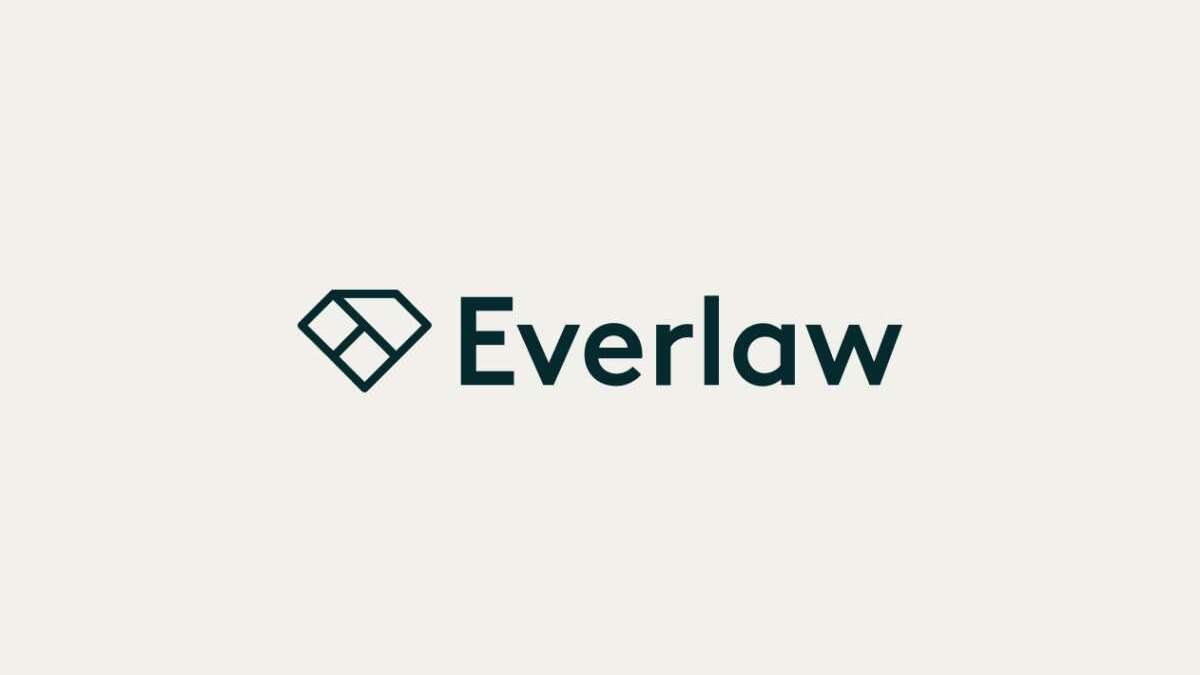From Overwhelmed to Organized: Accelerating Review with Everlaw Clustering
by Kanika Priyadarshi

If you’ve ever searched across your email records, rummaged through a filing cabinet, or opened an ediscovery database, you know: Organization matters.
It is generally much easier to find what you’re looking for in these and other locations when similar items are grouped together. Grouping like with like enables you to find what you’re looking for much more quickly and helps you see how much you have of a particular item, potentially saving both time and money.
What is true in life is, often, true in law as well.
When ediscovery professionals attempt to make sense of mountains of unknown documents, knowing where to begin can be highly challenging. However, analytic tools such as concept clustering can dramatically streamline the process.
Making Sense of Discovery Data With Clustering
For today’s legal professionals, the ability to organize data through concept clustering provides a significant advantage, promising faster, more meaningful insights, unmatched scalability from the individual-document to the million-document level, and extreme ease of use, regardless of users’ technological skill.
Everlaw’s Clustering delivers on those promises. With Clustering, legal professionals can organize their data around key concepts, whether they’re facing 25 million documents or just a few thousands. Everlaw Clustering presents findings in an intuitive, visual format that encompasses both a 30,000-foot snapshot and a granular, down-to-the-document view.
The primary purpose of Clustering is to group similar items so that users can recognize the characteristics or topics that make them similar. Clustering groups documents together based on their content, providing a higher level of understanding regarding the themes and concepts prevalent throughout the dataset.
Everlaw Clustering utilizes unsupervised machine learning to quickly pinpoint conceptually similar documents in a dataset without manually building a search.
This unique ability is made possible by some of the most innovative developments in AI technology in recent years. But for users, this cutting-edge tech has been made to be as simple as the technology legal professionals use every day. Like Google Earth, Clustering allows you to see a global view of your documents in a snapshot or quickly zoom down into the individual level.
How Ediscovery Concept Clustering Works
Everlaw Clustering performs the electronic equivalent of putting documents into labeled boxes so that things only end up in the same box if they fit together. Clustering groups similar documents together and then assigns those documents to the same reviewers, allowing for a more efficient review because related documents can be reviewed together.
 Play this video on Vimeo
Play this video on Vimeo
Clustering software performs three essential functions. These include:
Examining the text contained in a set of documents
Determining which documents are related to each other
Grouping them into conceptually similar clusters
Clustering organizes documents according to the arrangement that occurs naturally, without query terms. Each cluster is labeled with a group of keywords, providing a quick overview of the cluster that explains what the documents have in common at a conceptual level. The keywords give an immediate indication of what each cluster contains, allowing users to identify the themes of the document set more efficiently.
With Clustering, legal professionals can easily filter and sort documents, allowing critical decisions regarding prioritizing and organizing documents to be made earlier in the discovery process.
Clustering allows documents with relevant themes to be prioritized and may also reveal unexpected themes that require further review.
With the capability to scale millions of records, clustering allows for a more targeted review, saving teams time and resources.
Why Clustering Is Critical in Ediscovery
Clustering is a powerful feature for ediscovery. Documents with similarly conceptual content are automatically grouped—with no user involvement required—allowing important documents and concepts of a case to be quickly identified. Here are some ways clustering can make ediscovery review faster and more complete:
Enhanced focus. Clustering increases focus on a specific subject matter, even when the data is held by many custodians.
Richer data. Clustering can improve the document set used in training the system for technology-assisted review.
Better output. Clustering similar documents and batching them for review allows reviewers to specialize on a particular topic or type of document.
Less clutter. One of the most effective uses for clustering eliminates irrelevant items by setting them aside or removing them from review, saving reviewer time.
Quality control. Documents can be clustered based on critical subject matter to verify coding decisions and ensure that relevant documents in hot clusters were identified during the review.
Clustering helps legal professionals separate different concepts in a way that a simple search cannot. When sifting through large amounts of data, clustering can ensure a productive workflow, a thorough process, and less irrelevant data to weed through.
To see Everlaw Clustering in action and to learn how it can transform your approach to disputes and litigation, schedule a demo today.
Kanika Priyadarshi is a Product Marketing Manager at Everlaw focusing on marketing and go-to-market strategies for AI, cloud adoption, big law, and mid-market law firms.